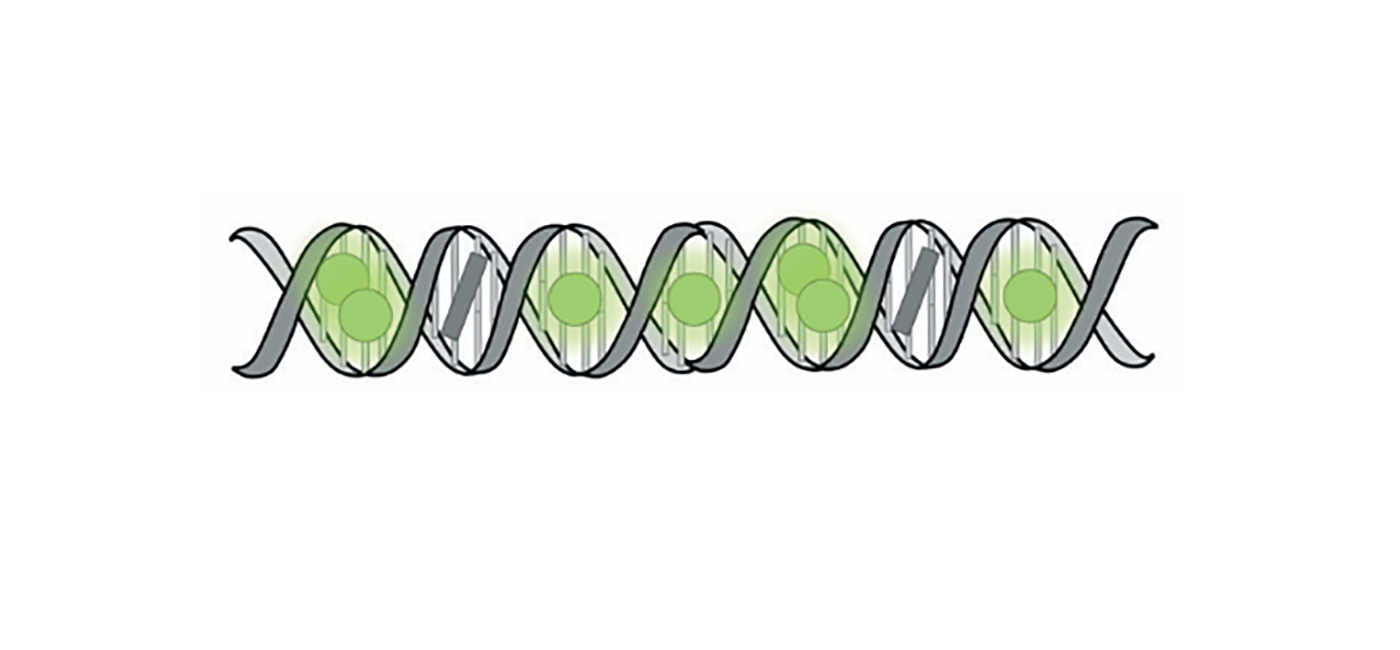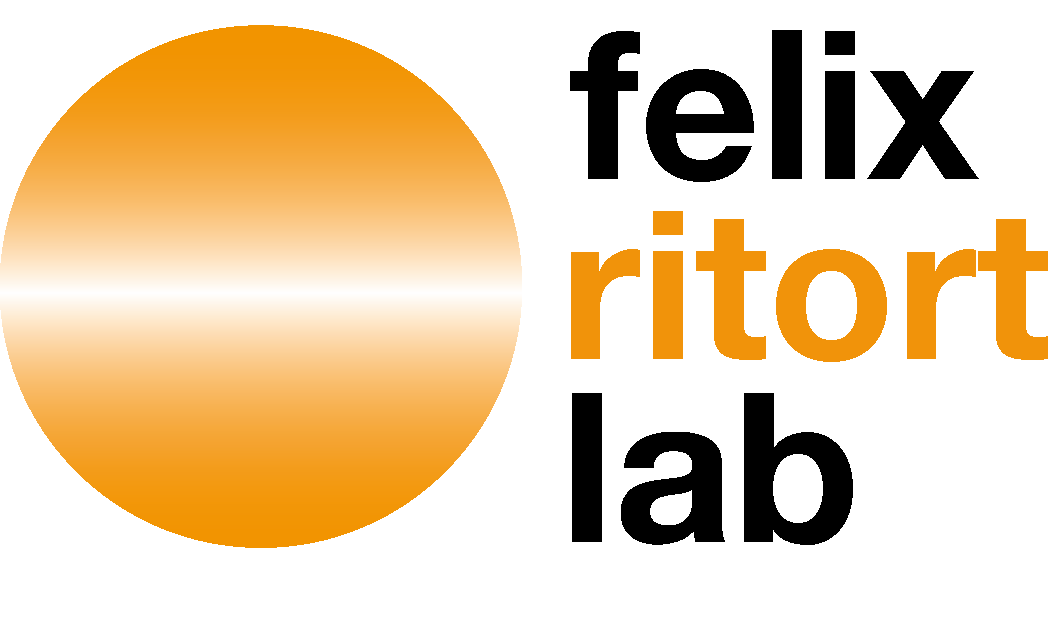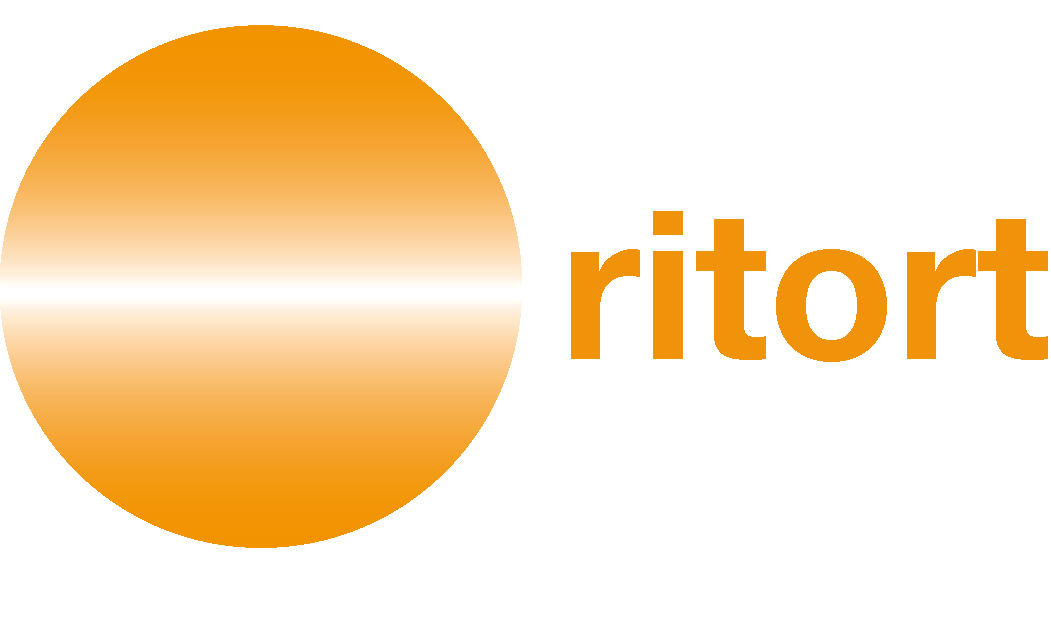
Seminar “Studying single DNA molecules using nanofluidic channels: from antibiotic resistance to DNA-protein interactions”
Date
Wednesday, 3rd May 2017
Time
3:00 pm
Place
University of Barcelona
Faculty of Physics Building
Room 3.20, 3rd floor
Speaker
Dr Fredrik Westerlund, Chalmers University of Technology (Sweden)
Abstract
Nanofluidic channels have emerged as a powerful tool to study single DNA molecules. When a large DNA molecule is confined to an extremely small environment (on the order of 100*100 nm2) it will stretch out along the channel. The stretching scales linearly with contour length (number of bases) which in turn means that sequence information can be obtained from the stretched DNA.
The physics of stretched DNA has been studied extensively both theoretically, with simulations and with experiments. Demonstrated applications of DNA stretching in nanochannels range all the way from fundamental research on DNA-protein interactions to possible diagnostic use.
I will present ongoing research in my group in two different areas. Firstly I will discuss how we use a principle called optical DNA mapping for characterization of bacterial plasmids. Plasmids are of relevance since they carry a large fraction of the genes that make bacteria resistant to antibiotics.
Using optical mapping we are able to obtain information that traditionally requires several different time-consuming techniques such as PCR and gel electrophoresis. In the same experiment, we obtain information on the number of different plasmids in a sample, their sizes, and a barcode that can be used to identify and trace a plasmid. In our latest addition to the assay we are also able to identify on which plasmid a specific resistance gene is present using the CRISPR/Cas9 system.
I will demonstrate examples of identification of plasmids by comparing optical maps with a sequence database and tracing of plasmids during resistance outbreaks in clinical settings.
Secondly I will focus on the use of nanochannels to study DNA-protein interactions. I will show two examples where we use nanofluidic channels to study DNA-protein complexes. The first is RecA, a bacterial protein involved in homologous recombination, that forms stiff filaments on DNA. We are able to determine the persistence length of the RecA-DNA filament by measuring its extension at different degrees of confinement. The second example is a protein called Cox found in bacteriophages. We were able to confirm predictions from the crystal structure that this protein compacts DNA by wrapping it around a protein filament core.


